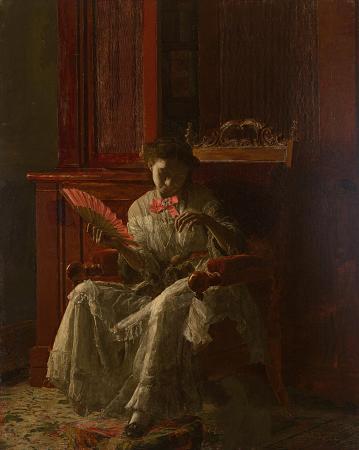Genre with Cat. The cat is a small carnivorous mammal. It is the only domesticated species in the family Felidae and often referred to as the domestic cat to distinguish it from wild members of the family. The cat is either a house cat or a farm cat, which are pets, or a feral cat, which ranges freely and avoids human contact.A house cat is valued by humans for companionship and for its ability to hunt rodents. About 60 cat breeds are recognized by various cat registries. The cat is similar in anatomy to the other felid species, has a strong flexible body, quick reflexes, sharp teeth and retractable claws adapted to killing small prey. Its night vision and sense of smell are well developed. Cat communication includes vocalizations like meowing, purring, trilling, hissing, growling and grunting as well as cat-specific body language. It is a solitary hunter, but a social species. It can hear sounds too faint or too high in frequency for human ears, such as those made by mice and other small mammals. It is a predator that is most active at dawn and dusk. It secretes and perceives pheromones. Female domestic cats can have kittens from spring to late autumn, with litter sizes ranging from two to five kittens. Domestic cats are bred and shown as registered pedigreed cats, a hobby known as cat fancy. Failure to control breeding of pet cats by spaying and neutering, as well as abandonment of pets, resulted in large numbers of feral cats worldwide, contributing to the extinction of entire bird species, and evoking population control. It was long thought that cat domestication was initiated in Egypt, because cats in ancient Egypt were venerated since around 3100 BC.However, the earliest indication for the taming of an African wildcat was found in Cyprus, where a cat skeleton was excavated close by a human Neolithic grave dating to around 7500 BC. African wildcats were probably first domesticated in the Near East. As of 2017, the domestic cat was the second-most popular pet in the U.S. by number of pets owned, after freshwater fish, with 95 million cats owned. In the United Kingdom, around 7.3 million cats lived in more than 4.8 million households as of 2019. The origin of the English word 'cat', Old English catt, is thought to be the Late Latin word cattus, which was first used at the beginning of the 6th century. It was suggested that the word 'cattus' is derived from an Egyptian precursor of Coptic šau, tomcat, or its feminine form suffixed with-t.The Late Latin word is also thought to be derived from Afro-Asiatic languages. The Nubian word may be a loan from Arabic qaṭṭ ~ qiṭṭ. It is equally likely that the forms might derive from an ancient Germanic word, imported into Latin and thence to Greek and to Syriac and Arabic. The word may be derived from Germanic and Northern European languages, and ultimately be borrowed from Uralic, cf. The English puss, extended as pussy and pussycat, is attested from the 16th century and may have been introduced from Dutch poes or from Low German puuskatte, related to Swedish kattepus, or Norwegian pus, pusekatt. The etymology of this word is unknown, but it may have simply arisen from a sound used to attract a cat. The scientific name Felis catus was proposed by Carl Linnaeus in 1758 for a domestic cat. Felis catus domesticus was the scientific name proposed by Johann Christian Polycarp Erxleben in 1777. Felis daemon proposed by Konstantin Alekseevich Satunin in 1904 was a black cat specimen from the Transcaucasus, later identified as a domestic cat. In 2003, the International Commission on Zoological Nomenclature fixed the scientific name for the wildcat as F. silvestris. The same commission ruled that the domestic cat is a distinct taxon Felis catus.It was considered F. silvestris catus, a subspecies of the European wildcat in 2007, following results of phylogenetic research. In 2017, the IUCN Cat Classification Taskforce followed the recommendation of the ICZN in regarding the domestic cat as a distinct species.
more...













